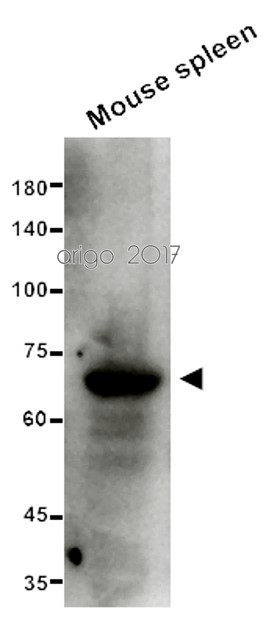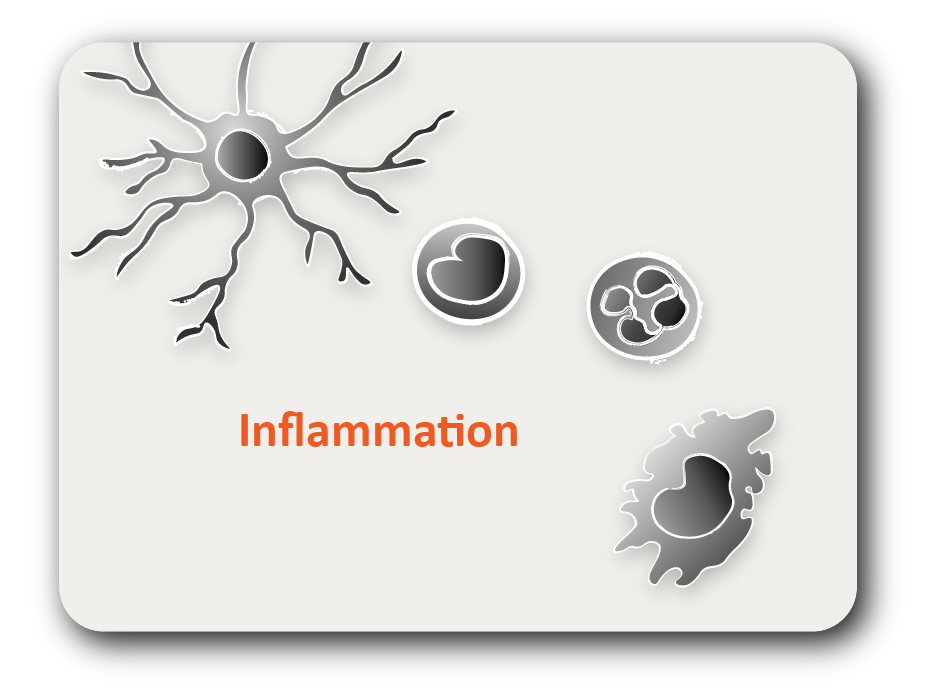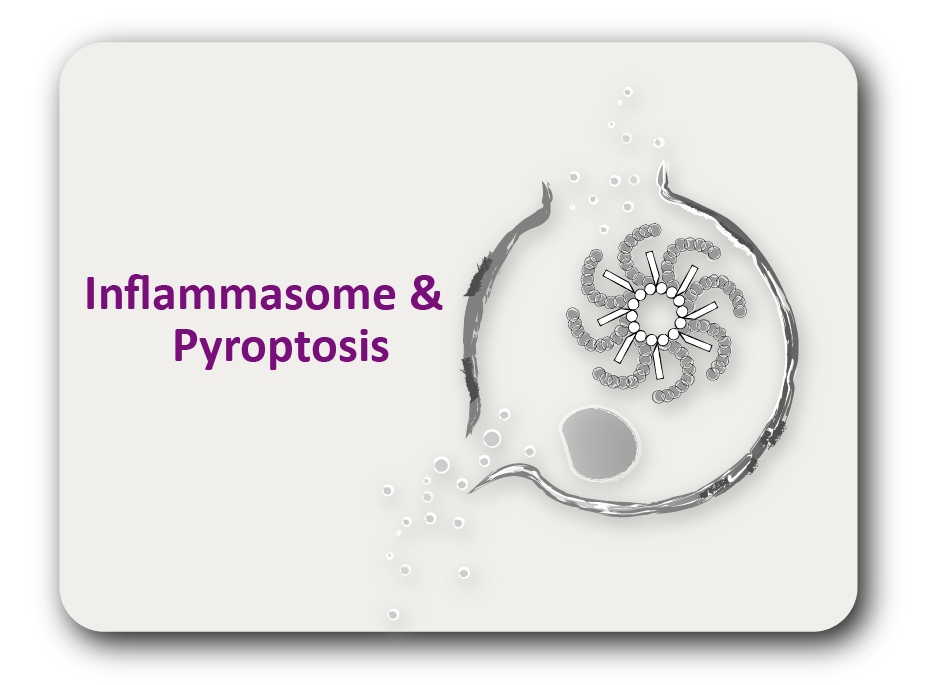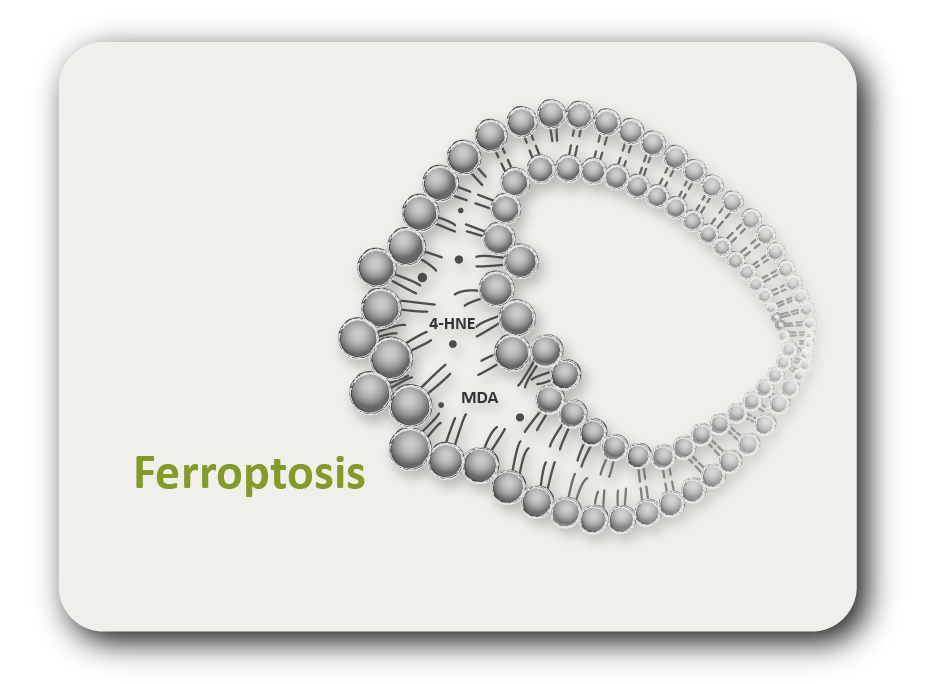ARG10057
anti-SHP1 antibody [PTY11]
anti-SHP1 antibody [PTY11] for ELISA,ICC/IF,Western blot and Human,Mouse
Cancer antibody; Cell Biology and Cellular Response antibody; Developmental Biology antibody; Signaling Transduction antibody

1
概述
| 产品描述 | Mouse Monoclonal antibody [PTY11] recognizes SHP1 |
|---|---|
| 反应物种 | Hu, Ms |
| 应用 | ELISA, ICC/IF, WB |
| 宿主 | Mouse |
| 克隆 | Monoclonal |
| 克隆号 | PTY11 |
| 同位型 | IgG1, kappa |
| 靶点名称 | SHP1 |
| 抗原物种 | Human |
| 抗原 | Purified recombinant protein corresponding to full-length PTP1-C |
| 偶联标记 | Un-conjugated |
| 別名 | HCP; Hematopoietic cell protein-tyrosine phosphatase; Protein-tyrosine phosphatase SHP-1; SH-PTP1; PTP-1C; HPTP1C; HCPH; Tyrosine-protein phosphatase non-receptor type 6; SHP-1; EC 3.1.3.48; SHP1; SHP-1L; Protein-tyrosine phosphatase 1C |
应用说明
| 应用说明 | * The dilutions indicate recommended starting dilutions and the optimal dilutions or concentrations should be determined by the scientist. |
|---|---|
| 阳性对照 | add mouse based on RD tested data, CCW, 2017-11-14; |
属性
| 形式 | Liquid |
|---|---|
| 纯化 | Protein G affinity purified |
| 缓冲液 | 0.01M PBS (pH 7.2) |
| 浓度 | 1 mg/ml |
| 存放说明 | For continuous use, store undiluted antibody at 2-8°C for up to a week. For long-term storage, aliquot and store at -20°C or below. Storage in frost free freezers is not recommended. Avoid repeated freeze/thaw cycles. Suggest spin the vial prior to opening. The antibody solution should be gently mixed before use. |
| 注意事项 | For laboratory research only, not for drug, diagnostic or other use. |
生物信息
| 数据库连接 |
Swiss-port # P29350 Human Tyrosine-protein phosphatase non-receptor type 6 Swiss-port # P29351 Mouse Tyrosine-protein phosphatase non-receptor type 6 |
|---|---|
| 基因名称 | PTPN6 |
| 全名 | protein tyrosine phosphatase, non-receptor type 6 |
| 背景介绍 | The protein encoded by this gene is a member of the protein tyrosine phosphatase (PTP) family. PTPs are known to be signaling molecules that regulate a variety of cellular processes including cell growth, differentiation, mitotic cycle, and oncogenic transformation. N-terminal part of this PTP contains two tandem Src homolog (SH2) domains, which act as protein phospho-tyrosine binding domains, and mediate the interaction of this PTP with its substrates. This PTP is expressed primarily in hematopoietic cells, and functions as an important regulator of multiple signaling pathways in hematopoietic cells. This PTP has been shown to interact with, and dephosphorylate a wide spectrum of phospho-proteins involved in hematopoietic cell signaling. Multiple alternatively spliced variants of this gene, which encode distinct isoforms, have been reported. [provided by RefSeq, Jul 2008] |
| 生物功能 | Modulates signaling by tyrosine phosphorylated cell surface receptors such as KIT and the EGF receptor/EGFR. The SH2 regions may interact with other cellular components to modulate its own phosphatase activity against interacting substrates. Together with MTUS1, induces UBE2V2 expression upon angiotensin II stimulation. Plays a key role in hematopoiesis. [UniProt] |
| 产品亮点 | Related products: SHP1 antibodies; Anti-Mouse IgG secondary antibodies; Related news: Tools for studying H. pylori diseases |
| 研究领域 | Cancer antibody; Cell Biology and Cellular Response antibody; Developmental Biology antibody; Signaling Transduction antibody |
| 预测分子量 | 68 kDa |
| 翻译后修饰 | Phosphorylated on tyrosine residues. Binding of KITLG/SCF to KIT increases tyrosine phosphorylation (By similarity). Phosphorylation at Tyr-564 enhances phosphatase activity. |
检测图片 (1) Click the Picture to Zoom In
客户反馈










